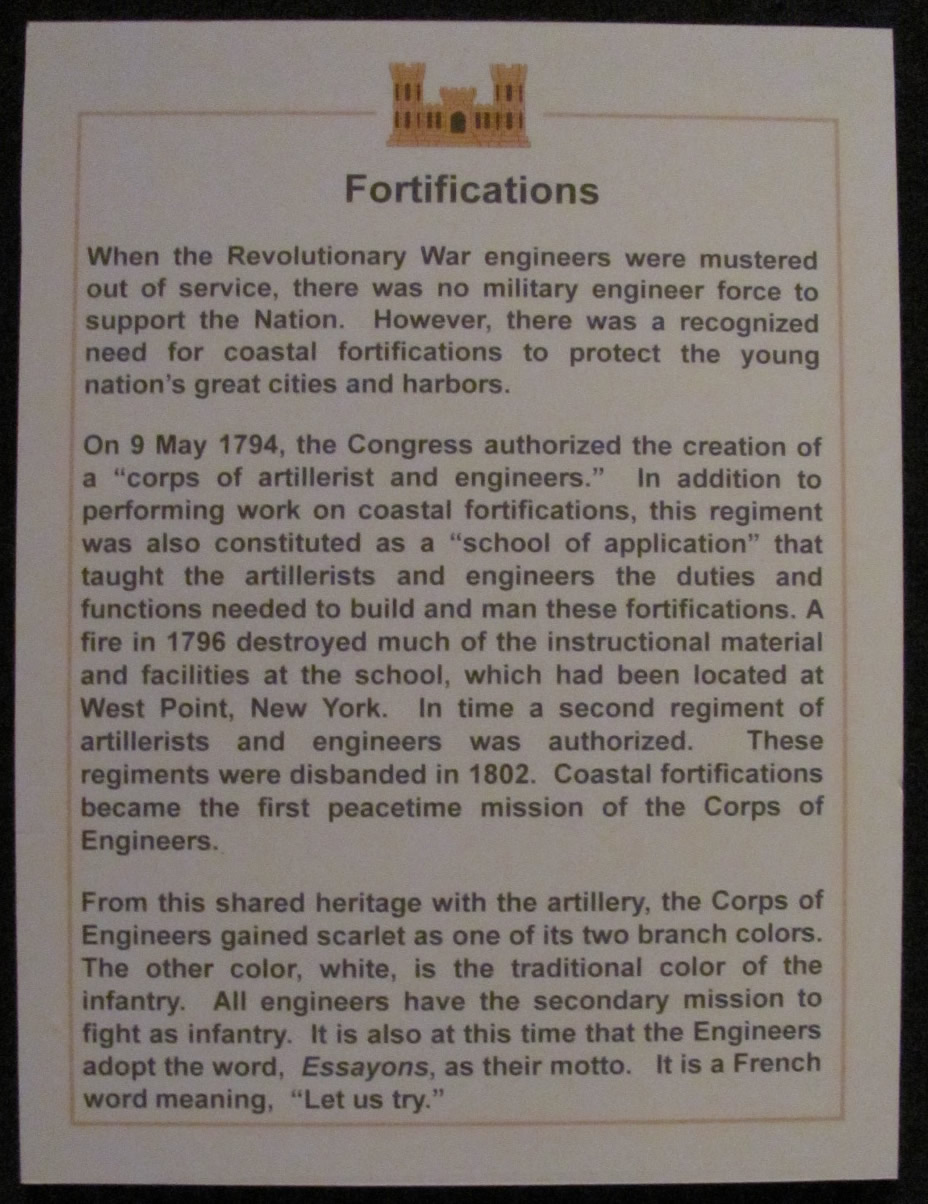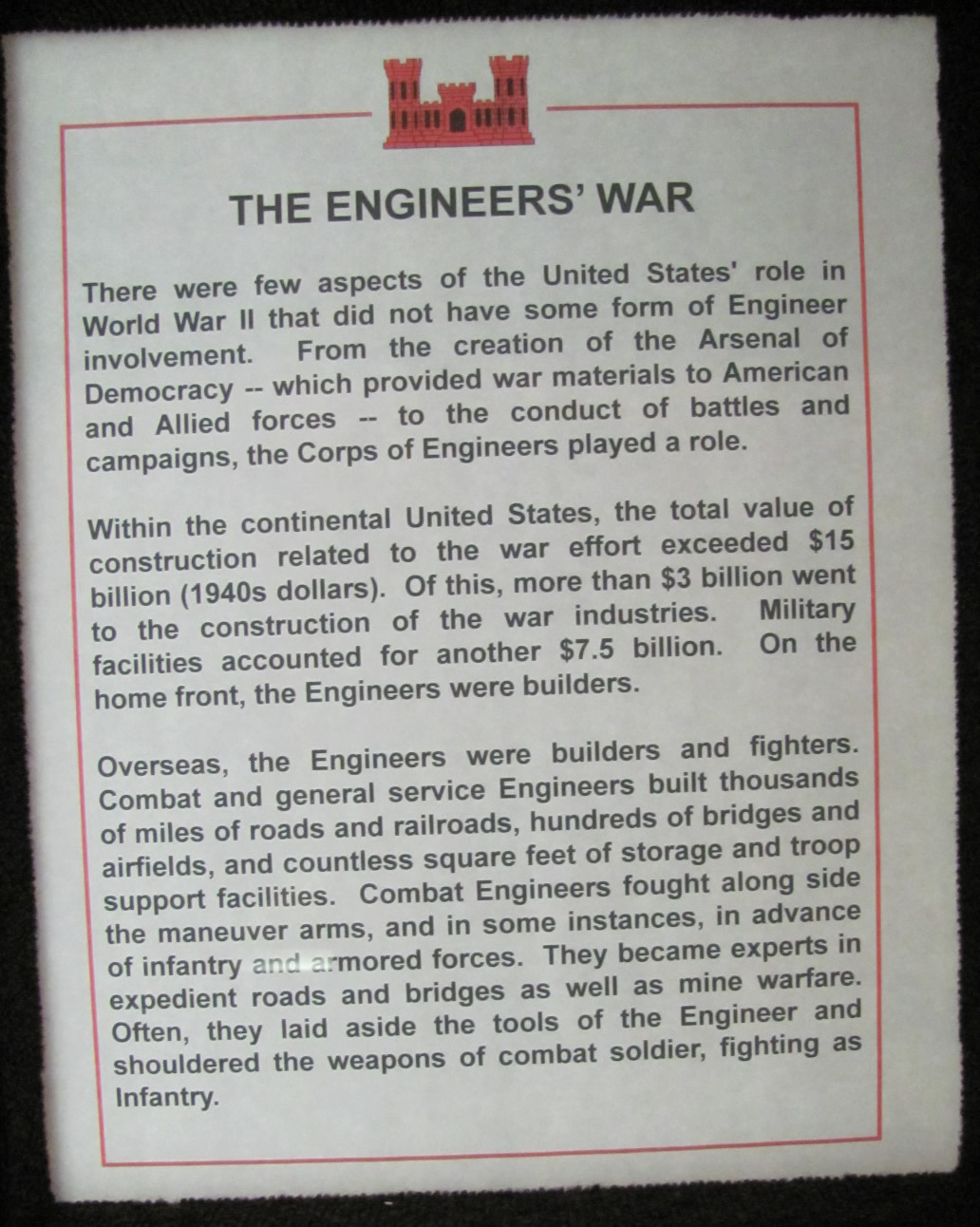Oh you had to bring up mules, huh?! Here's some things we have had to say about them in the past!
During the Civil War there was a supposed mule charge that took place at the Battle of Wautatchie Tenn. The story goes that a pack of mules broke loose from the mule handlers (skinners) and charged into the confederate lines, spooking the soldiers. The story goes that General Grant was so impressed with this bravery on the mules part that he wanted to brevet them to horses.With apologies to Tennyson, here is "The Charge of the Mule Brigade"
Author Unknown
Half a mile, half a mile,
Half a mile onward,
Right through the Georgia troops
Broke the two hundred.
"Forward the Mule Brigade!
Charge for the Rebs," they neighed.
Straight for the Georgia troops
Broke the two hundred.
"Forward the Mule Brigade!"
Was there a mule dismayed?
Not when their long ears felt
All their ropes sundered.
Theirs not to make reply,
Theirs not to reason why,
Theirs but to make Rebs fly.
On! to the Georgia troops
Broke the two hundred.
Mules to the right of them,
Mules to the left of them,
Mules behind them
Pawed, neighed, and thundered.
Breaking their own confines
Breaking through Longstreet's lines
Into the Georgia troops
Stormed the two hundred.
Wild all their eyes did glare,
Whisked all their tails in air
Scattering the chivalry there,
While all the world wondered.
Not a mule back bestraddled,
Yet how they all skedaddled --
Fled every Georgian,
Unsabred, unsaddled,
Scattered and sundered!
How they were routed there
By the two hundred!
Mules to the right of them,
Mules to the left of them,
Mules behind them
Pawed, neighed, and thundered;
Followed by hoof and head
Full many a hero fled,
Fain in the last ditch dead,
Back from an ass's jaw
All that was left of them, --
Left by the two hundred.
When can their glory fade?
Oh, what a wild charge they made!
All the world wondered.
Honor the charge they made!
Honor the Mule Brigade,
Long-eared two hundred!





